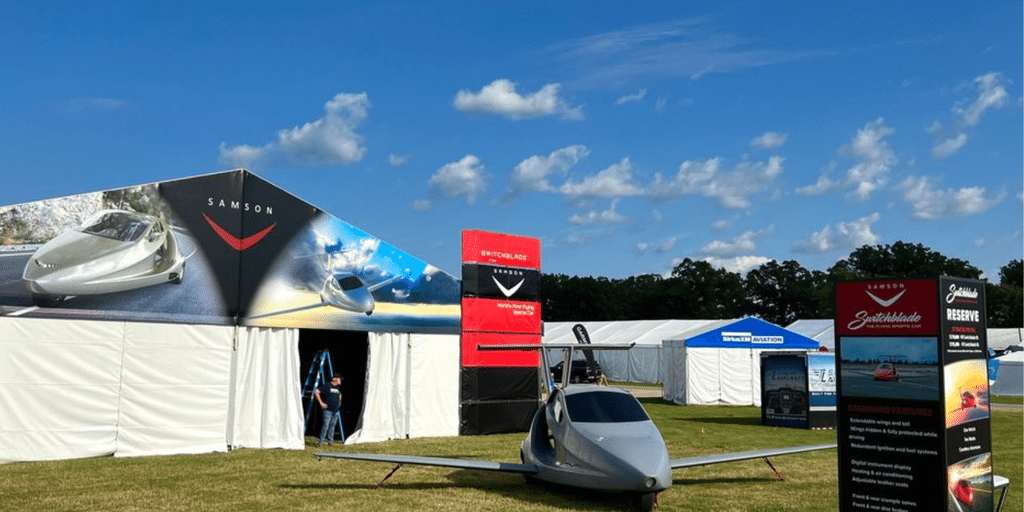In the ever-evolving realm of transportation, achieving a harmonious balance between innovation and regulatory compliance represents a formidable challenge. This holds especially true in the domain of air and ground travel, a sector that is both antiquated and crucial. The pursuit of bringing flying cars into the mainstream in the U.S. has recently seen a significant advancement, thanks in part to pioneering legislation and cutting-edge companies leading the charge in this futuristic endeavor.
Steering Through Regulatory Complexities
The journey of flying cars from concept to reality is fraught with numerous regulatory hurdles. Traditional companies within the transportation sector are well-acquainted with navigating the complexities of various federal agencies, but the stakes are uniquely higher for flying car innovations. The fusion of air and ground mobility presents a novel challenge: aligning with the stringent regulations of both the U.S. Federal Aviation Administration (FAA) and the Department of Transportation (DOT). This dual compliance is mandatory for any entity aspiring to bridge the gap between terrestrial and aerial transportation.
Samson Sky’s Innovative Leap
Amidst this backdrop, an Oregon-based company, Samson Sky, emerges as a frontrunner in the quest to make flying cars a reality. By classifying their vehicle as an experimental aircraft, the company has ingeniously navigated FAA regulations with relative ease. Furthermore, the unique design of their flagship vehicle, featuring three wheels, simplifies compliance with DOT standards by categorizing it as a motorcycle. This strategic maneuver showcases Samson Sky’s commitment to not only meeting but exceeding safety expectations, incorporating advanced features such as crash protection, side intrusion, and rollover protection.
The Switchblade Flying Sports Car
The flagship offering from Samson Sky, aptly named the Switchblade, is a testament to the potential of flying cars in revolutionizing personal transportation. Boasting impressive specifications, including a maximum airspeed of 200 mph and a cruising speed of 160 mph over a range of 450 miles, the Switchblade promises to significantly reduce travel time for its occupants. Designed to be garage-friendly, its size compares to that of a conventional car, yet its capabilities transcend traditional transportation boundaries. This vehicle offers a glimpse into a future where the sky is literally the limit for personal mobility.
The Future Is Now
Despite perceptions of flying cars as novelty items or extravagances, the tangible benefits they offer—most notably, the dramatic reduction in travel time—cannot be understated. From dramatically shortening the duration of journeys to potentially alleviating traffic congestion, the practical advantages of flying cars are pushing the boundaries of what was previously considered possible. As society stands on the cusp of this transportation revolution, the dreams that have fueled generations’ imaginations are edging closer to reality.
Looking to the Horizon
While Samson Sky pioneers the way forward, other companies too are engaging in this aerial shift. Notably, ventures like San Jose-based aerospace enterprise Archer Aviation are gaining regulatory approval, further indicating that the skyways of tomorrow are being charted today. These developments not just hint at a future filled with flying cars but underscore a broader trend of technological innovation outpacing traditional regulatory frameworks. As the world watches and waits, the dream of flying cars quietly transitions from fiction to feasibility.
In summary, the trajectory of flying cars towards mainstream acceptance and usage represents a synthesis of ambition, innovation, and meticulous regulatory navigation. This journey underscores a broader narrative of human progress, where visionary ideas, once relegated to science fiction, are gradually forged into reality through perseverance, ingenuity, and a relentless pursuit of transcending the boundaries of what is possible.
The evolution of transportation is mirroring the boundless nature of human curiosity and ambition. As flying cars prepare to take their place in the everyday lives of people around the globe, they herald a future where distance and time are no longer barriers but mere variables in the equation of life.
